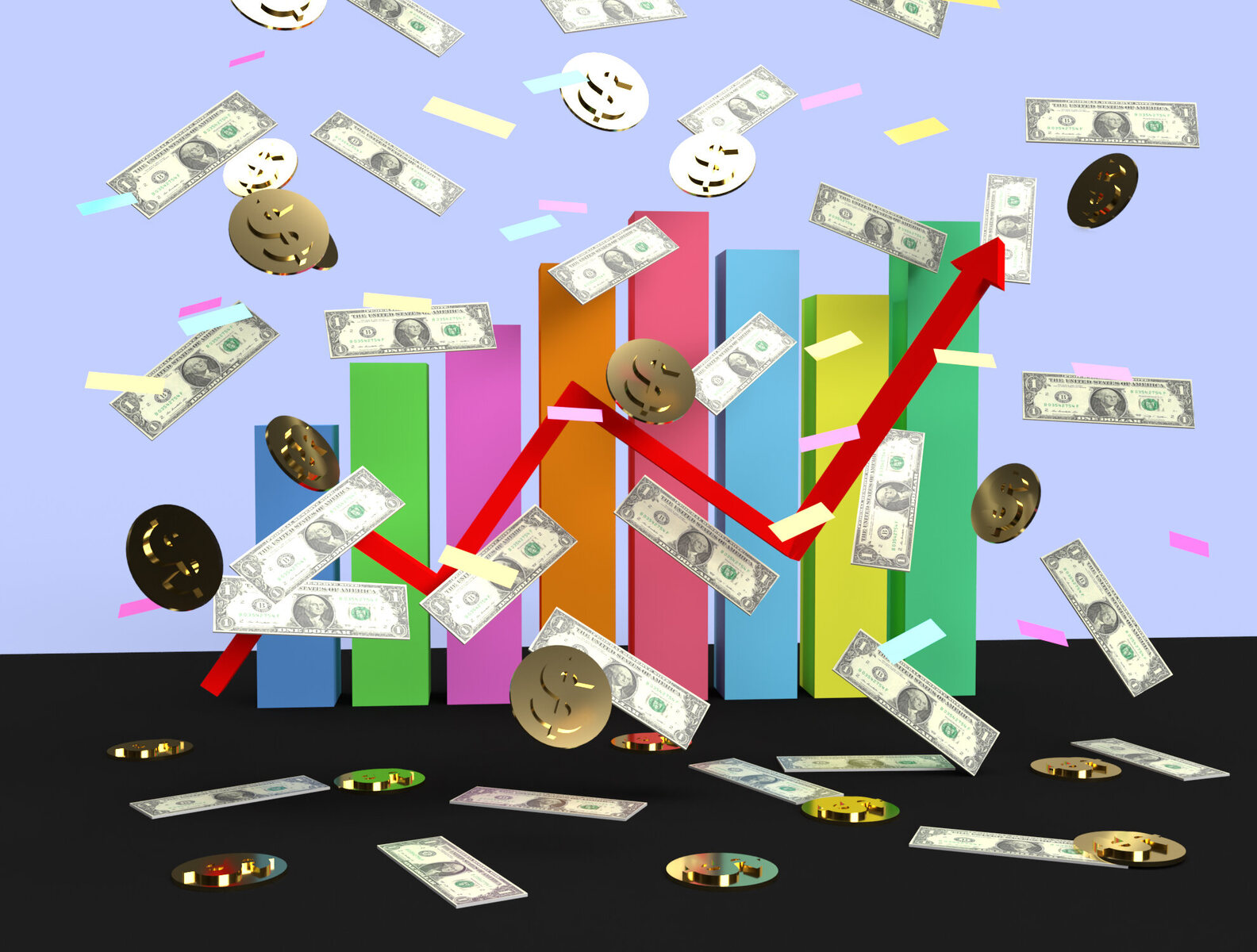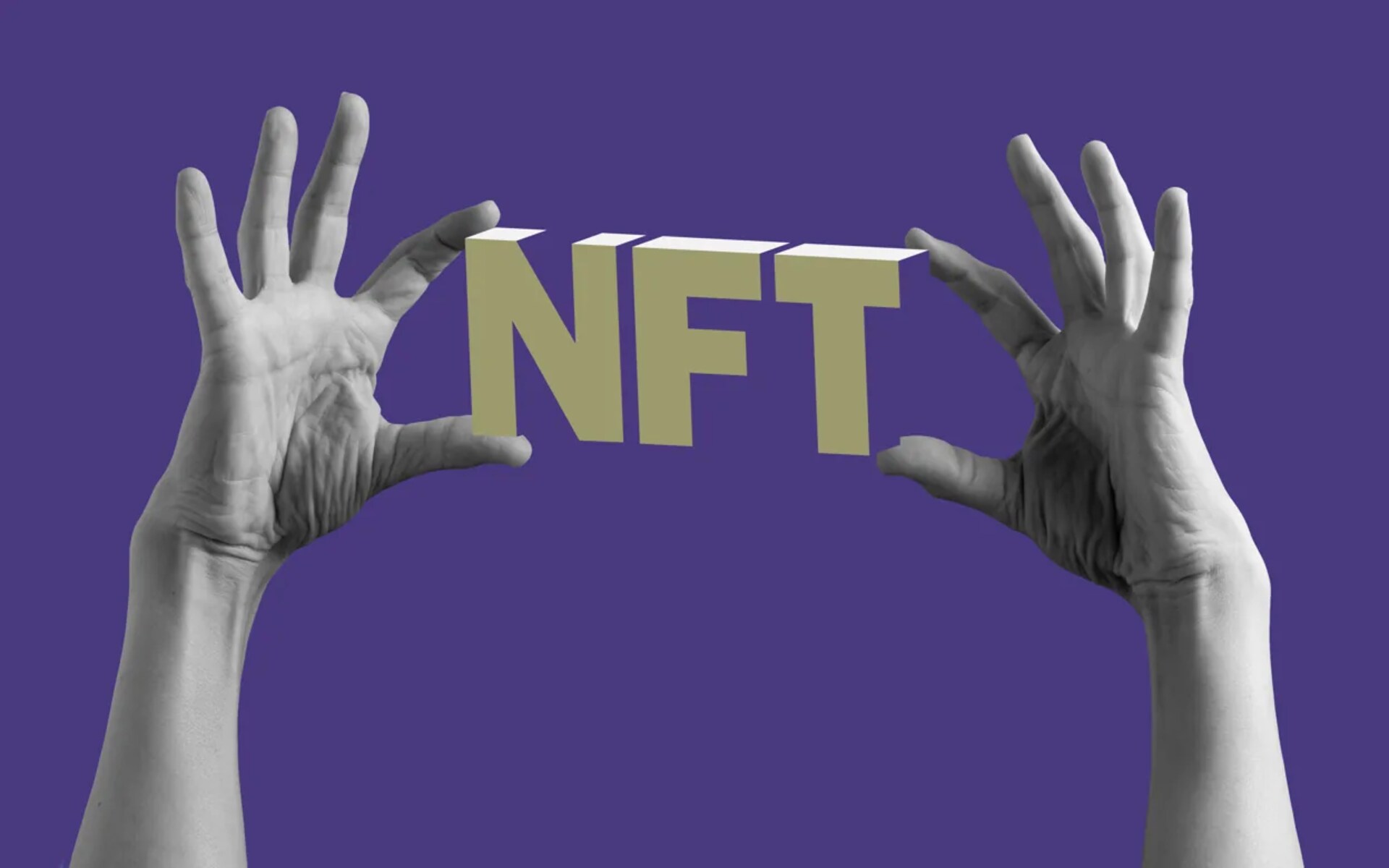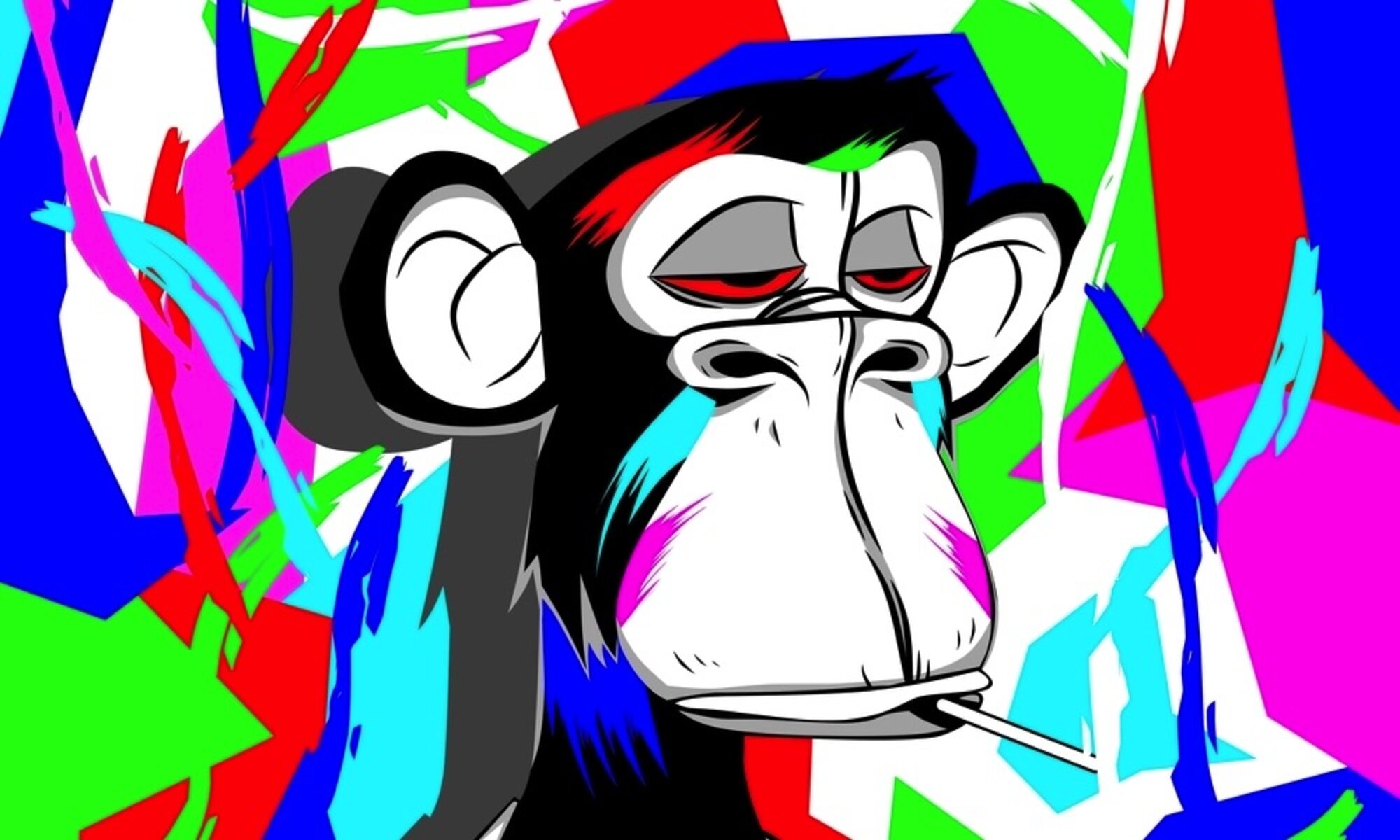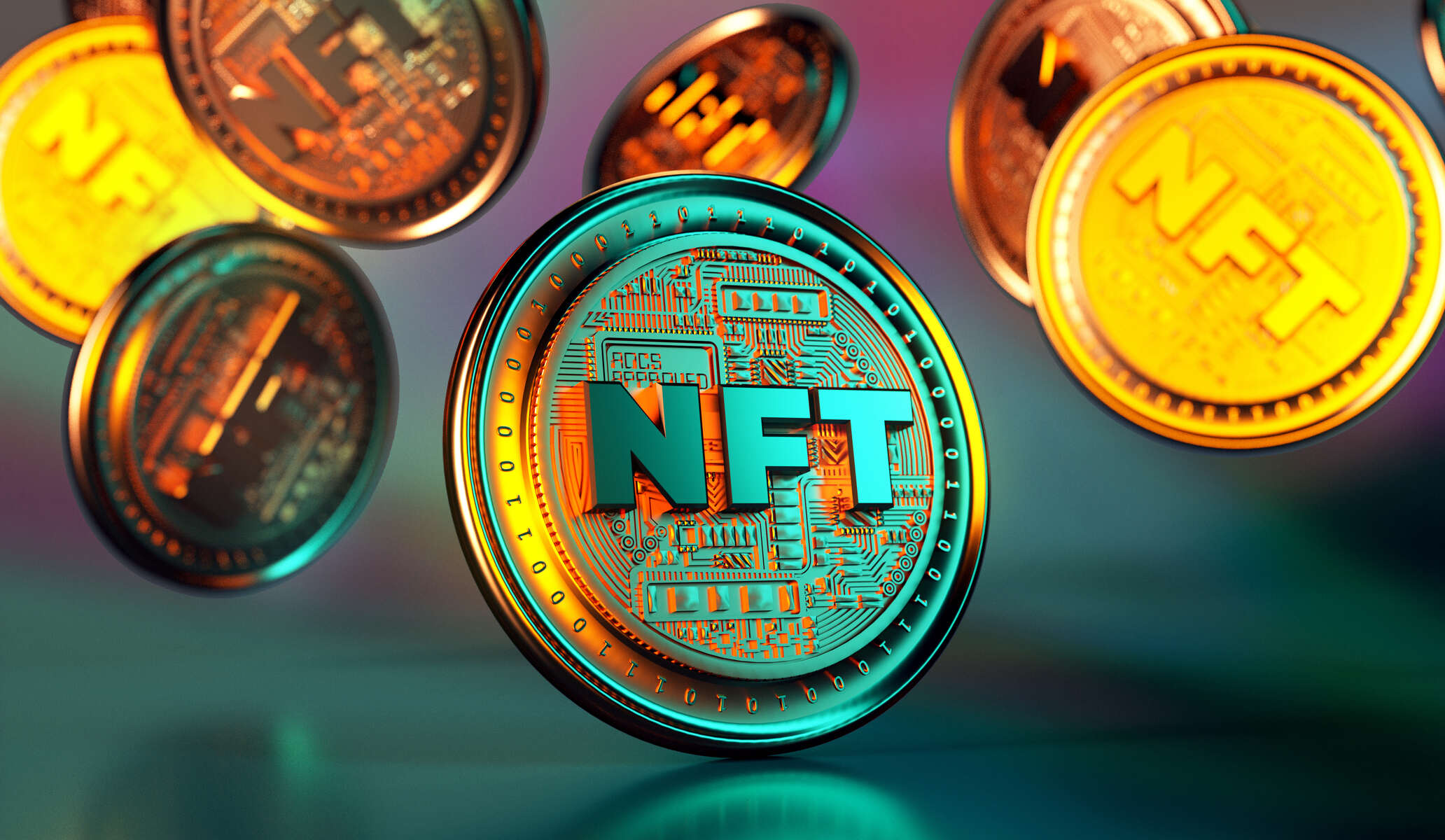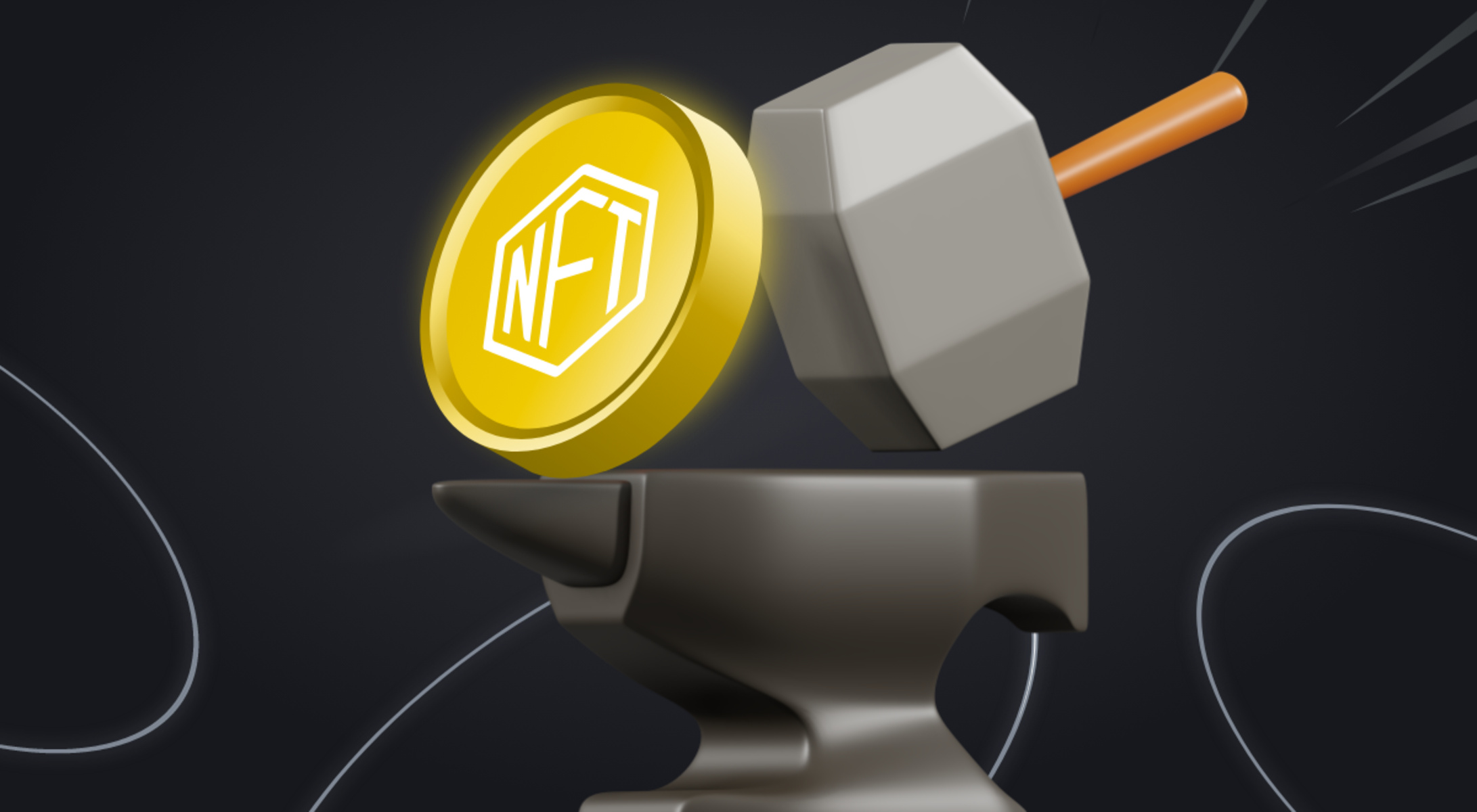Introduction
Welcome to the world of gaming, where technology continues to push the boundaries and revolutionize the way we play. As the gaming industry evolves, new concepts and innovations emerge to enhance the gaming experience. One such concept that has been making waves recently is Non-Fungible Tokens, or NFTs.
NFTs have gained significant attention and popularity due to their unique properties and the opportunities they present. From art to music, collectibles to virtual real estate, NFTs have expanded into various industries, including the gaming sector. But what exactly is an NFT, and how do they work in games?
An NFT is a type of digital asset that represents ownership or proof of uniqueness of a virtual item or piece of content. Unlike cryptocurrencies such as Bitcoin, NFTs are indivisible and cannot be exchanged on a one-to-one basis. Each NFT carries its own distinct attributes and metadata, making it unique and irreplaceable. These tokens are built on blockchain technology, which provides a decentralized and transparent platform for ownership and transaction verification.
When it comes to games, NFTs introduce a whole new level of ownership and value to in-game items, characters, and assets. In traditional gaming, players can acquire and trade virtual items, but ultimately, they are controlled and owned by the game developer. With NFTs, players gain true ownership of these virtual assets, allowing them to buy, sell, and trade them directly on the blockchain. This brings a new dynamic to the gaming experience, where players have the opportunity to monetize their in-game achievements and assets.
What is an NFT?
In recent years, Non-Fungible Tokens (NFTs) have become a popular buzzword in the digital world. But what exactly is an NFT?
An NFT, or Non-Fungible Token, is a type of digital asset that represents ownership or proof of uniqueness of a virtual item or piece of content. Unlike cryptocurrencies such as Bitcoin or Ethereum, which are fungible and can be exchanged on a one-to-one basis, each NFT carries its own distinct value and cannot be replaced with another token. This uniqueness is what sets NFTs apart and makes them valuable in various industries, including art, music, collectibles, and now games.
NFTs are built on blockchain technology, which provides a decentralized and transparent platform for ownership and transaction verification. Each NFT has its own specific information, known as metadata, that includes details about the item, such as its name, description, and other relevant information. This metadata is stored on the blockchain, making it easily accessible and verifiable.
One of the key features of NFTs is their ability to establish true ownership and provenance of digital assets. Traditional digital files, like images or videos, can be easily copied and shared, making it difficult to determine the original creator or owner. NFTs solve this problem by using blockchain technology to establish a unique digital fingerprint, or token, that proves authenticity and ownership. This makes NFTs particularly valuable in the world of digital art, where artists can sell their creations as one-of-a-kind pieces.
In the context of gaming, NFTs open up new possibilities for ownership and value within virtual worlds. Players can own and trade unique in-game items, characters, or assets directly on the blockchain. This introduces a level of player ownership and control that was previously unheard of in traditional gaming. Whether it’s a powerful weapon, a rare cosmetic item, or a special edition character, NFTs allow players to truly own and monetize their in-game assets.
How do NFTs work in games?
NFTs have brought a new dimension to the gaming world, enabling players to have true ownership and control over in-game assets. So, how exactly do NFTs work in games?
When it comes to integrating NFTs into games, developers typically follow a few key steps. First, they create a digital asset within the game, whether it’s a character, an item, or a virtual piece of property. This asset is then linked to an NFT, which represents ownership and authenticity. The NFT contains the metadata that defines the characteristics, rarity, and other relevant information about the asset.
Once the NFT-backed asset is created, players have the ability to acquire it through various methods, such as purchasing it from other players in a marketplace or earning it through in-game achievements. The ownership of the NFT is recorded and verified on the blockchain, ensuring that it is indisputable.
One of the key advantages of NFTs in games is that players can trade their assets directly with other players. This peer-to-peer trading system is facilitated through blockchain technology, eliminating the need for centralized intermediaries. Players can list their NFTs for sale in dedicated marketplaces, where other players can browse and purchase them using cryptocurrencies or other forms of payment.
Furthermore, NFT owners have the ability to monetize their assets beyond the game itself. They can sell their NFTs to other players, collectors, or enthusiasts, creating a secondary market for virtual items. This has opened up opportunities for players to earn real-world value from their in-game achievements and possessions.
In addition to buying and selling, NFTs in games can also be used for in-game benefits and experiences. For example, owning a rare NFT character may grant access to exclusive quests or areas within the game. Players can also use NFTs as collateral for loans or participate in decentralized finance (DeFi) activities within the game ecosystem.
It’s important to note that the integration of NFTs into games is still a relatively new concept, and the mechanics and possibilities are continually evolving. Developers are finding innovative ways to leverage NFTs to enhance the gaming experience and create new avenues for player engagement and monetization.
Benefits of NFTs in games
Non-Fungible Tokens (NFTs) have opened up a world of possibilities within the gaming industry, providing numerous benefits for both players and developers. Let’s explore some of the key advantages of utilizing NFTs in games.
True Ownership: One of the primary benefits of NFTs in games is the concept of true ownership. Players can now have full control over their in-game assets, characters, and items. This not only enhances the sense of ownership and attachment but also allows players to monetize their virtual possessions by trading them with other players or selling them in dedicated marketplaces.
Asset Interoperability: NFTs have the potential to enable interoperability between different games and platforms. As NFTs are standardized by blockchain technology, it becomes easier for players to transfer their assets seamlessly between compatible games. This opens up opportunities for cross-game collaborations and creates a more immersive and interconnected gaming experience.
Rarity and Scarcity: NFTs introduce the concept of rarity and scarcity within virtual worlds. Developers can create limited edition or rare NFTs, making them highly sought after by players. This scarcity adds value and exclusivity to the assets and can drive player engagement and competition.
Player-driven Economies: NFTs enable the development of player-driven economies within games. Players can buy, sell, and trade assets with each other, establishing a thriving marketplace. This decentralized economy empowers players, allowing them to generate income, build a reputation, and participate in the game’s ecosystem beyond the gameplay itself.
Transparency and Security: By leveraging blockchain technology, NFTs provide transparency and security in ownership and transactions. The immutable nature of the blockchain ensures a tamper-proof record of ownership, preventing fraud or disputes. Players can trust that their digital assets are securely stored and protected.
Creative Expression: NFTs offer a new avenue for creative expression within games. Artists and creators can design custom in-game assets, characters, or accessories and monetize their creations through NFTs. This not only provides more opportunities for artists to showcase their skills but also allows players to personalize their gaming experience with unique and creative content.
Community Engagement: With NFTs, game developers can engage their community on a deeper level. Players can actively participate in the creation and evolution of the game by designing and submitting their own NFT assets. This fosters a sense of collaboration and community involvement, resulting in a more vibrant and engaging gaming experience.
These are just a few of the many benefits that NFTs bring to the gaming world. As the technology continues to evolve and more developers embrace NFTs, we can expect to see even more innovative applications and advantages emerging in the future.
Challenges and concerns surrounding NFTs in games
While Non-Fungible Tokens (NFTs) have brought numerous benefits and exciting possibilities to the gaming industry, they also come with their fair share of challenges and concerns. It’s important to consider these factors as NFTs continue to gain popularity and integration in games.
Environmental Impact: One of the major concerns surrounding NFTs is their environmental impact. Many NFTs are built on blockchain networks that rely on energy-intensive mining processes. This has led to criticism regarding the carbon footprint associated with NFTs. As the demand for NFTs increases, developers and consumers must explore more sustainable alternatives to minimize the environmental consequences.
Market Speculation and Volatility: The world of NFTs has seen a surge in market speculation and volatility. Prices can fluctuate dramatically, leading to concerns about market manipulation and the potential for investment bubbles. It’s essential for players and investors to approach NFTs with caution and conduct thorough research before making any financial transactions.
Lack of Regulation: The NFT market is still largely unregulated, which raises concerns about fraud, counterfeit assets, and scams. As the popularity of NFTs grows, the need for industry-wide standards and regulations becomes increasingly important to protect consumers and ensure fair practices in the market.
Economic Inequality: Although NFTs have the potential to empower players and allow them to generate income, there is a risk of exacerbating economic inequality within gaming communities. Players with more resources and capital may have an advantage in acquiring rare and valuable NFTs, creating potential inequities and barriers for other players.
Ownership and Intellectual Property: While NFTs provide a sense of ownership over in-game assets, there are concerns regarding intellectual property rights and ownership disputes. The ownership of digital assets within games can be complex, especially when multiple parties, such as developers and players, are involved. Clear guidelines and protocols are needed to navigate these issues and ensure fair ownership rights and protections.
User Experience and Adoption: Integrating NFTs into games requires user-friendly interfaces and seamless experiences. The complexity of blockchain technology may hinder the mass adoption of NFTs, as it may be challenging for casual gamers to navigate and understand the intricacies of owning and trading digital assets through NFTs. Simplifying the user experience and enhancing the accessibility of NFTs in games will be crucial for widespread adoption.
It is essential for the industry to address these challenges and concerns in order to build a sustainable and inclusive ecosystem for NFTs in games. Regulations, education, technological advancements, and community engagement will play significant roles in shaping the future of NFTs and addressing these potential issues.
Popular games using NFTs
The integration of Non-Fungible Tokens (NFTs) into games has gained significant traction, with several popular games embracing this technology. Let’s explore some of the popular games that have successfully incorporated NFTs into their gameplay.
1. Axie Infinity: Axie Infinity is a blockchain-based game that combines elements of breeding, battling, and trading cute creatures known as Axies. Each Axie is an NFT, and players can collect, breed, and battle them within the game. Axie Infinity has gained a massive following and has even created an economy where players can earn real-world income through the game’s marketplace.
2. Decentraland: Decentraland is a virtual reality platform powered by blockchain technology. It allows users to create, explore, and trade NFT-based virtual land and assets. Users can buy and sell virtual real estate, attend events, and interact with other players in this decentralized virtual world.
3. CryptoKitties: CryptoKitties is one of the early examples of NFT-based games. It allows players to collect, breed, and trade virtual cats. Each CryptoKitty is unique and can be bought, sold, and bred using blockchain technology. Some rare and exclusive CryptoKitties have sold for exorbitant amounts of money, showcasing the value and appeal of NFTs in the gaming space.
4. Gods Unchained: Gods Unchained is a digital collectible card game where players can collect and trade NFT-based cards representing mythical creatures and spells. Each card is an NFT, providing players with ownership and the ability to sell or trade their cards in the marketplace. The game has gained a dedicated following and has held numerous high-stakes tournaments where players compete for valuable prizes.
5. The Sandbox: The Sandbox is a user-generated content platform where players can create, share, and monetize their virtual experiences. Users can acquire and trade NFT-based virtual land, characters, and assets within The Sandbox metaverse. The game aims to empower players to build and own their virtual experiences with the help of NFTs.
6. F1 Delta Time: F1 Delta Time is an official Formula 1 racing game that incorporates NFTs. Players can collect, race, and trade digital versions of iconic Formula 1 cars and drivers. Each car and driver NFT has unique attributes and can be bought, sold, or raced within the game.
7. ManaCube: ManaCube is a Minecraft multiplayer server that utilizes NFTs. Players can earn unique NFTs through in-game achievements and rewards. These NFTs can be used to enhance gameplay or traded with other players in the ManaCube marketplace.
These are just a few examples of popular games that have embraced NFTs, showcasing the versatility and potential of this technology in enhancing gameplay, ownership, and economic opportunities within the gaming industry. As more game developers explore the possibilities of NFTs, we can expect to see an increasing number of games incorporating this innovative technology.
How to get started with NFTs in games
If you’re interested in exploring the world of Non-Fungible Tokens (NFTs) in games, here are some steps to help you get started:
1. Educate yourself: Familiarize yourself with the concept of NFTs and how they work in the gaming industry. Learn about blockchain technology, the importance of digital ownership, and the potential benefits and risks associated with NFTs.
2. Choose a compatible game: Look for games that have integrated NFTs into their gameplay. Research popular NFT-based games and find one that aligns with your gaming preferences and interests. Consider factors such as the game mechanics, genre, community, and potential for earning and trading NFTs.
3. Set up a digital wallet: To engage with NFTs, you’ll need a digital wallet that is compatible with the blockchain network used by the game. Choose a reputable wallet provider and follow the necessary steps to set up your wallet. Ensure that your wallet supports the specific blockchain used for the game’s NFTs.
4. Acquire cryptocurrency: Most NFT transactions require the use of cryptocurrency as the medium of exchange. Purchase the relevant cryptocurrency used in the game to participate in buying, selling, and trading NFTs. Popular cryptocurrencies used for NFT transactions include Ethereum (ETH) and Binance Coin (BNB).
5. Navigate the marketplace: Explore the NFT marketplace within the game or on external platforms dedicated to NFT trading. Browse through the available NFTs, including characters, items, or virtual land. Pay attention to details such as rarity, attributes, and prices as you consider making a purchase.
6. Participate in the community: Engage with the game’s community, whether it’s through forums, social media, or in-game events. Connect with other players who are knowledgeable about NFTs and seek advice or guidance. Join discussions, share experiences, and stay updated on new releases and opportunities within the game’s NFT ecosystem.
7. Begin trading and collecting: Once you are ready, start participating in the NFT marketplace. Buy and collect NFTs that appeal to you, whether it’s rare characters, powerful items, or exclusive digital art. Consider both the enjoyment of owning the NFTs and their potential value within the game’s economy.
8. Stay informed and adapt: The world of NFTs in games is continuously evolving. Stay informed about updates, changes, and new releases within the game and the overall NFT space. Stay adaptable and be open to learning new strategies, exploring different games, and embracing emerging opportunities.
Remember to approach NFTs with caution and conduct thorough research before making any financial transactions. Prioritize security and privacy in your interactions and be mindful of the risks associated with the NFT market. With time and experience, you’ll gain a deeper understanding of NFTs and their potential within the gaming world.
Conclusion
Non-Fungible Tokens (NFTs) have brought undeniable excitement and innovation to the gaming industry. By leveraging blockchain technology, NFTs have given players true ownership and control over their in-game assets, creating new possibilities for monetization and engagement. With the integration of NFTs, players can trade, collect, and showcase unique virtual items, characters, and art within their favorite games.
However, along with the many benefits of NFTs, there are also challenges and concerns that need to be considered. The environmental impact, market volatility, lack of regulation, and potential economic inequalities are some of the issues that require attention and careful navigation as the NFT space continues to evolve.
Nevertheless, the adoption of NFTs in games has already started to shape a more immersive and interactive gaming experience. Players have the opportunity to explore virtual worlds, create unique items, participate in player-driven economies, and engage with communities in ways never experienced before. NFTs provide a bridge between the physical and digital realms, and they offer opportunities for creators, artists, and gamers to monetize their talents and passions.
As NFTs gain prominence in the gaming industry, it is crucial for developers, players, regulators, and communities to work together to ensure responsible and sustainable practices. Education, user-friendly interfaces, regulatory frameworks, and community engagement will all play vital roles in shaping a vibrant and inclusive NFT ecosystem within games.
Whether you’re a seasoned gamer or new to the gaming world, NFTs provide an exciting avenue to explore and engage with. So, dive into the world of NFTs in games, embrace the unique ownership and experiences they offer, and join the growing community of gamers and creators who are shaping the future of the gaming industry.









